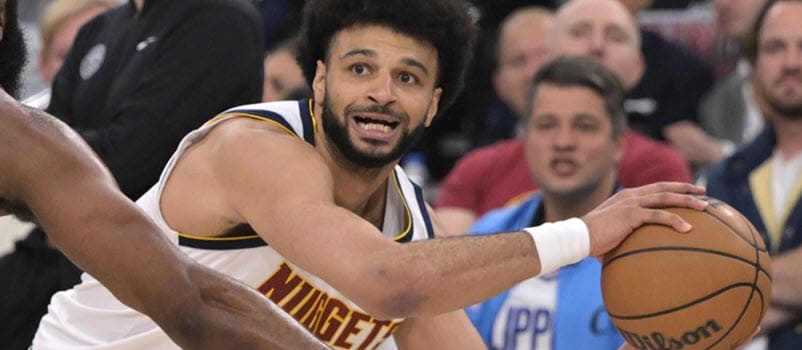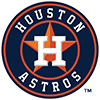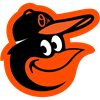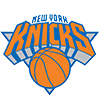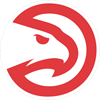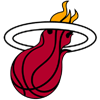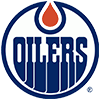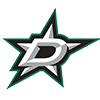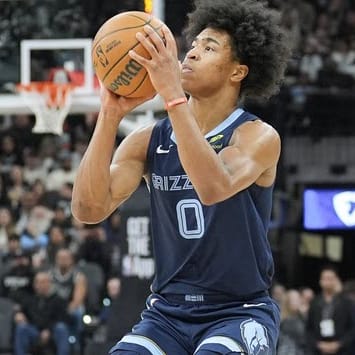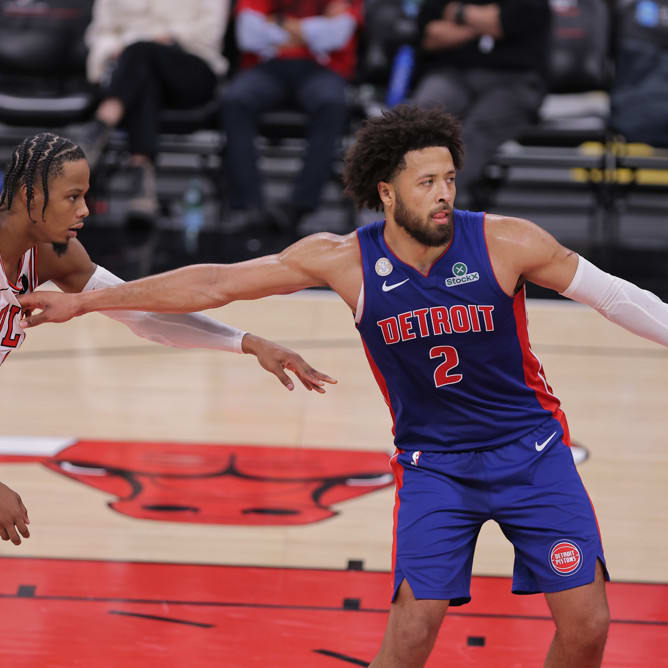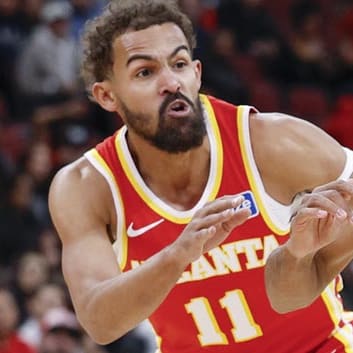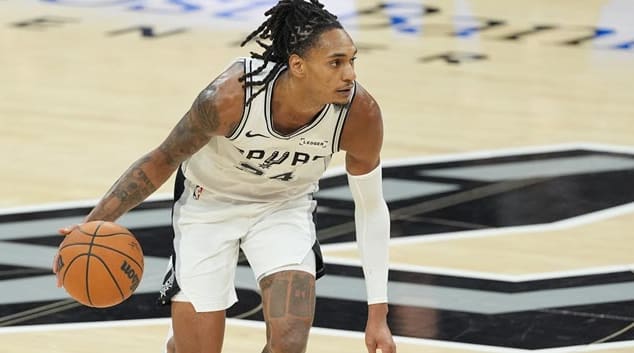One of the more popular league settings in any NBA fantasy draft is 9-category. It uses the same statistics as 8-category leagues, but also adds turnovers to the mix. It creates an extra, fun wrinkle that fantasy basketball managers need to consider. It helps that 9-cat leagues work for both head- to-head and Rotisserie leagues. It creates an odd number of categories, which in many cases can shift a tie to a win or loss depending on how well your players take care of the rock.
While many fantasy basketball managers overlook turnovers in 9-cat leagues, because it's not a sexy stat, it's weighed just as heavily as the other eight traditional categories. That can make a difference for those owners who draft strategically around it. Here's what fantasy basketball managers should know about 9-cat strategy as they start diving into the features of RotoWire's fantasy basketball draft kit.
What Is 9-Cat Fantasy Basketball and How Does It Work?
The 9-cat fantasy basketball option is a popular league setting in which teams compete in points, rebounds, assists, steals, blocks, 3-pointers, field goal percentage, free throw percentage and turnovers. Turnovers are the key stat here, as 8-category leagues do not include them. While it's a small change, it can significantly change fantasy basketball auction values and the worth of certain players, especially in Rotisserie leagues where all statistics matter.
It works opposite of the other eight categories. Whereas the team with the highest number of counting stats and best percentages win, the team with the fewest turnovers is the winner each week (or season in Roto leagues). This can be tricky because the best fantasy basketball players often turn the ball over the most (considering their high usage), so fantasy basketball managers may need to get creative with their fantasy basketball rankings and divide what they can live with.
Best Draft Strategies for 9-Cat Fantasy Basketball Leagues
Fantasy basketball managers won't be able to avoid turnovers in full. Of the top-24 players in fantasy basketball last season, all but three averaged at least two turnovers. The league's best players turn the ball over plenty with high usage. It's part of the deal, but all fantasy basketball teams will have these types of players. Turnovers aren't going to keep them out of the NBA starting lineups.
Guards and ball-handlers have more turnovers than big men, so a strategy if you're going to try and be competitive in turnovers, is to find guards who excel at hanging on to the ball. Atlanta's Dyson Daniels, Denver's Jamal Murray, and the Pelicans' Trey Murphy are excellent choices in the early to middle rounds. Don't forget about the other eight rounds, of course, and consider NBA fantasy ADP in totality so you aren't scared off by high turnover numbers, but it could be a solid tiebreaker on certain draft choices.
In Rotisserie leagues, you'll want to remain somewhat competitive in turnovers. In head-to-head leagues, many fantasy basketball owners punt turnovers and focus on the other eight categories. Because the best players turn the ball over the most, being "bad" in turnovers usually means you're going to be strong in the other categories. You can use RotoWire's NBA projections to see how players stack up in turnovers and whether it's worth it to disregard them as a whole in head- to-head leagues.
Explaining 9-Cat Fantasy Basketball Rankings for Smarter Picks
Turnovers is an important category, but it still accounts for just one category. They're harder to predict than the other categories, so many fantasy basketball managers will simply live with the outcomes in a given week or season. Finding a player who contributes "positively" in turnovers, meaning they hang onto the ball better than others at their position, is really like a cherry on top of a great pick.
If you like a player who contributes in multiple categories, but might be careless with the ball, don't be afraid to draft him. Luka Doncic ranked 7th in fantasy basketball last season despite having the fifth most turnovers per game. Don't drop a player from your NBA fantasy draft cheat sheet because of turnovers, but do note if someone is better than average there.
Nine-category fantasy basketball leagues even the playing field a little bit because the best players are usually poor in the turnover department. Though it's not a category most managers think about, it weighs the same as points, rebounds and field goal percentage. Even a slight advantage in the category can make a huge difference against similar teams in your league. Players who subscribe to RotoWire can check out turnover projections and also read analysis from experts on where to gain an edge in this volatile, tricky category that makes up 9-cat leagues.


